PolyFlow Blog
Stay up to date with all things PayFi with PolyFlow
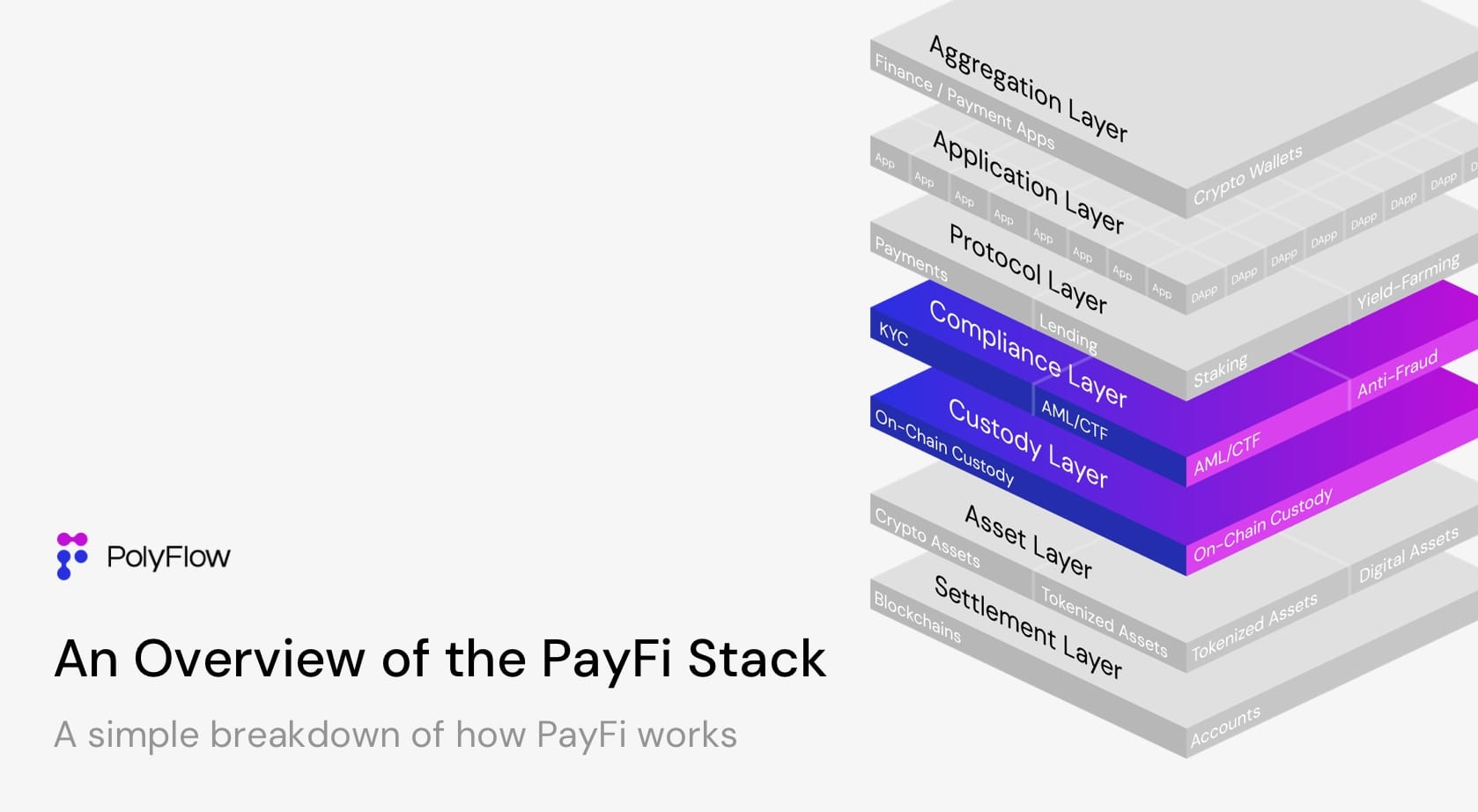
From the PayFi+DePIN Program to the Expanded PayFi Stack
We are thrilled to announce the launch of the first-ever PayFi + DePIN program — a groundbreaking collaboration between PolyFlow, Roam, and Huma Finance. This initiative not only elevates PayFi consumer applications but also significantly advances the decentralized physical infrastructure networks (DePIN) industry. Through this partnership, PolyFlow transcends the traditional limitations within RWA projects of providing credit solely to institutions, thereby facilitating the transfer of institu
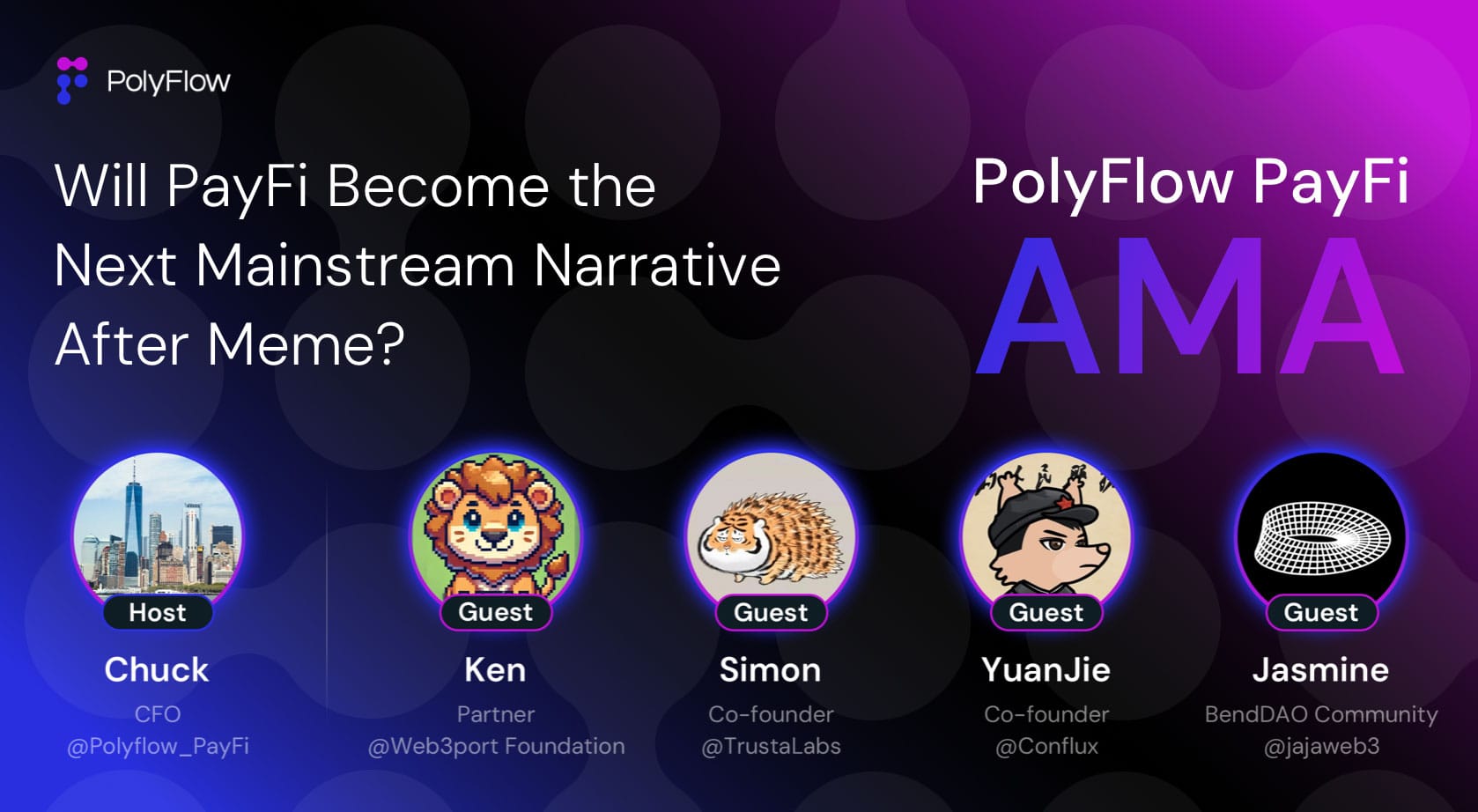
PayFi Spotlight | Will PayFi Become the Next Mainstream Narrative After Meme?
In an exciting AMA (Ask Me Anything) session, PolyFlow brought together some of the brightest minds in the blockchain and finance industries to explore “PayFi” — an innovative model that combines cryptocurrency payments with decentralized finance (DeFi). Hosted by PolyFlow’s CFO, Chuck, the event featured industry experts who provided in-depth insights into how blockchain is transforming global payment systems and shaping the future of finance. Meet the Hosts and Guests Host: * Chuck: As C

PolyFlow Insights: Could Tornado Cash’s Victory Be a Litmus Test for PayFi?
The Emergence of PayFi and Its Role in Decentralized Finance In a significant statement at the Russia Calling forum on December 4, Russian President Vladimir Putin remarked, “Who can prohibit Bitcoin? No one can. Who can prohibit the use of other electronic payment methods? No one can either. Because these are new technologies.” These words underline a crucial truth: technologies like Bitcoin and blockchain-based payment methods are not just innovations; they’re unstoppable movements. At the
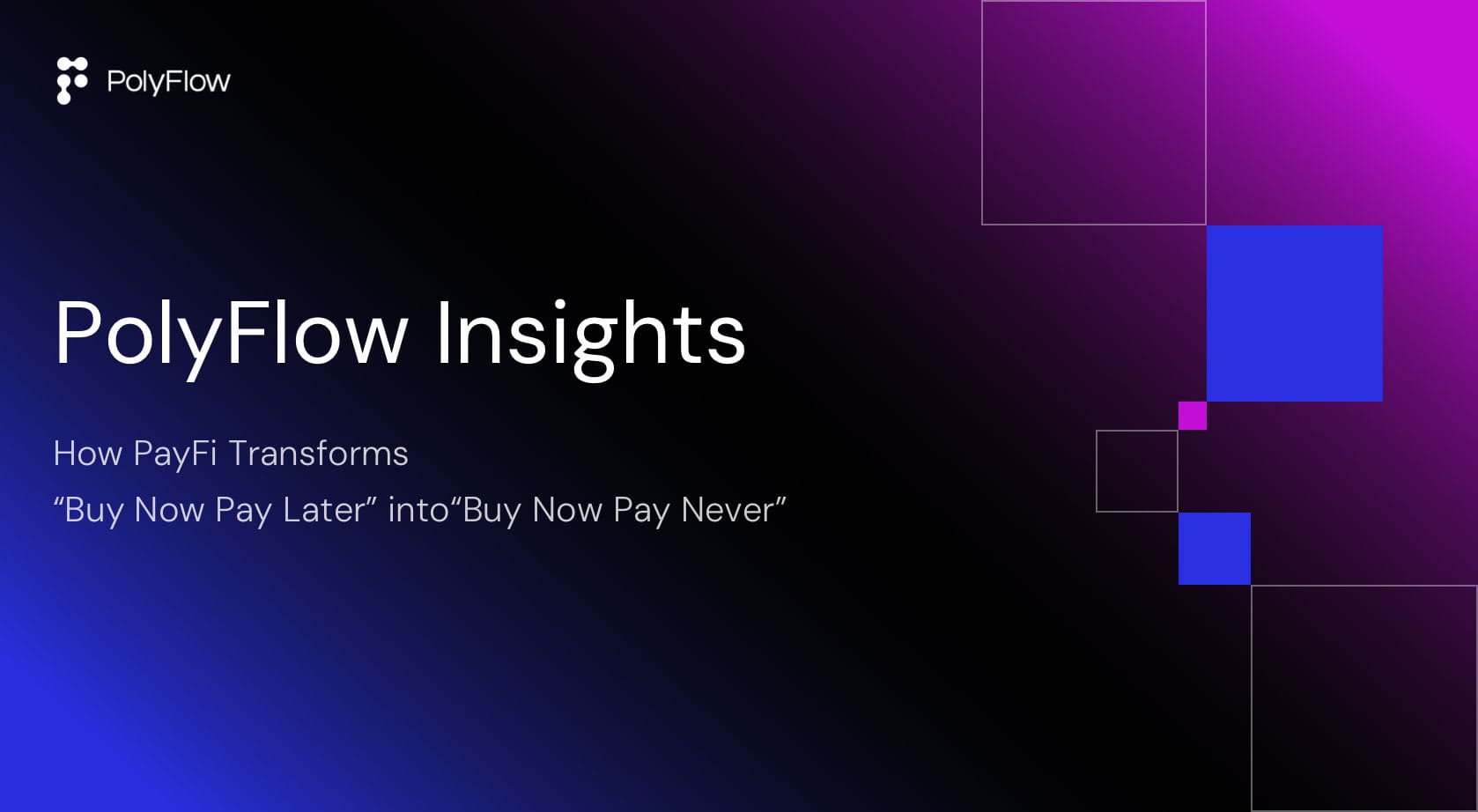
PolyFlow Insights:How PayFi Transforms “Buy Now Pay Later” into “Buy Now Pay Never”
Over the past decade, “Buy Now Pay Later” (BNPL) has gained widespread adoption in the global e-commerce payment sector, particularly among younger consumers. By 2025, BNPL services are projected to account for 12% of global e-commerce spending on physical goods. Meanwhile, with the rise of the crypto wave, PayFi — a may be a groundbreaking application combining smart contracts, blockchain technology, and decentralized finance (DeFi) — is offering consumers a payment experience akin to “Buy Now
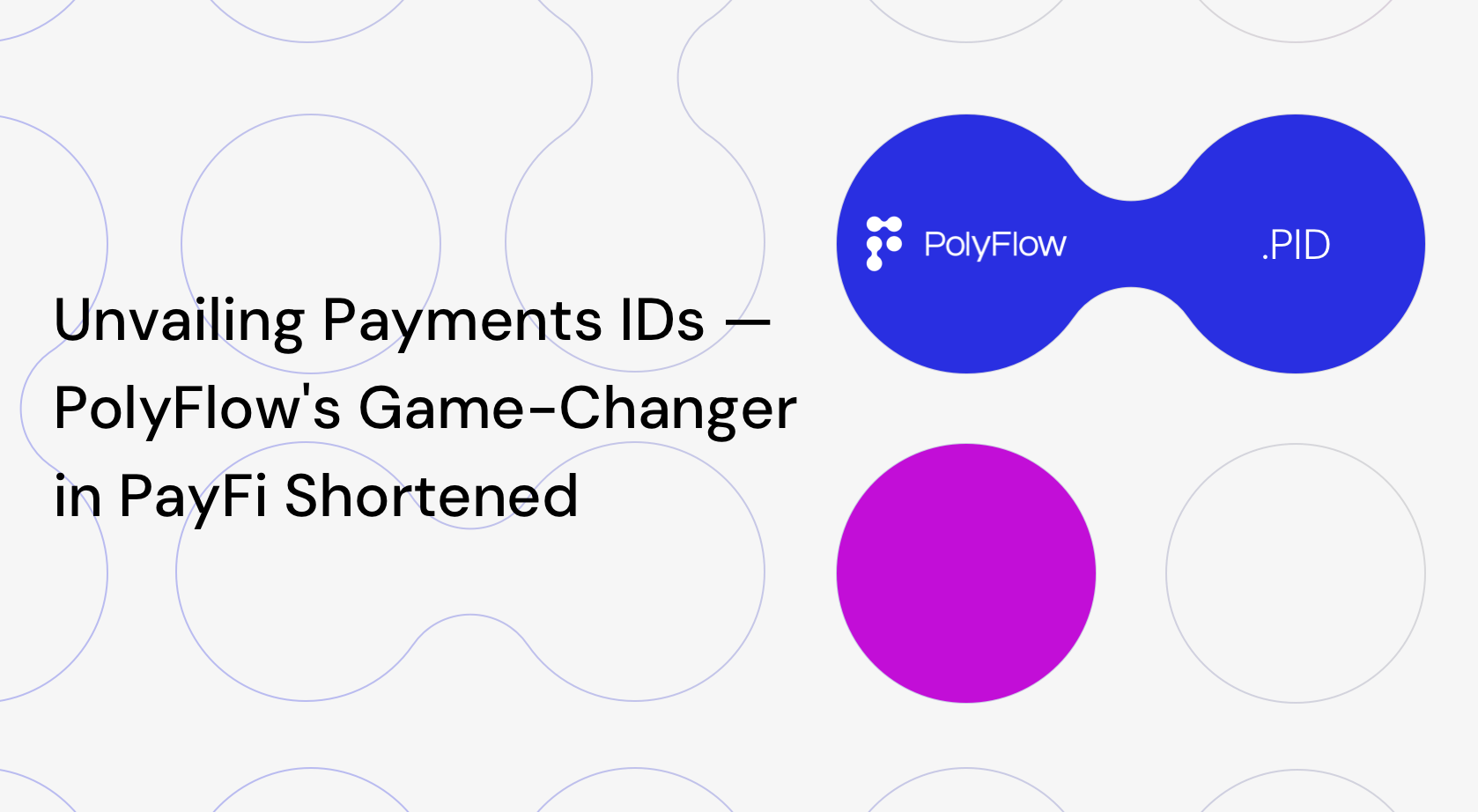
Unveiling PID, PolyFlow’s Game-Changer in PayFi Shortened
This article explores the value proposition of Decentralized Identity (DID) and the potential of Payment ID (PID) to enhance identity sovereignty, privacy protection, data sovereignty, and the construction of a credit system. These concepts are vital in the PolyFlow ecosystem, a PayFi protocol bridging Real World Assets (RWA) with Decentralized Finance (DeFi). Understanding PolyFlow and Its Role in PayFi PolyFlow is a groundbreaking PayFi protocol that integrates traditional payments, crypto
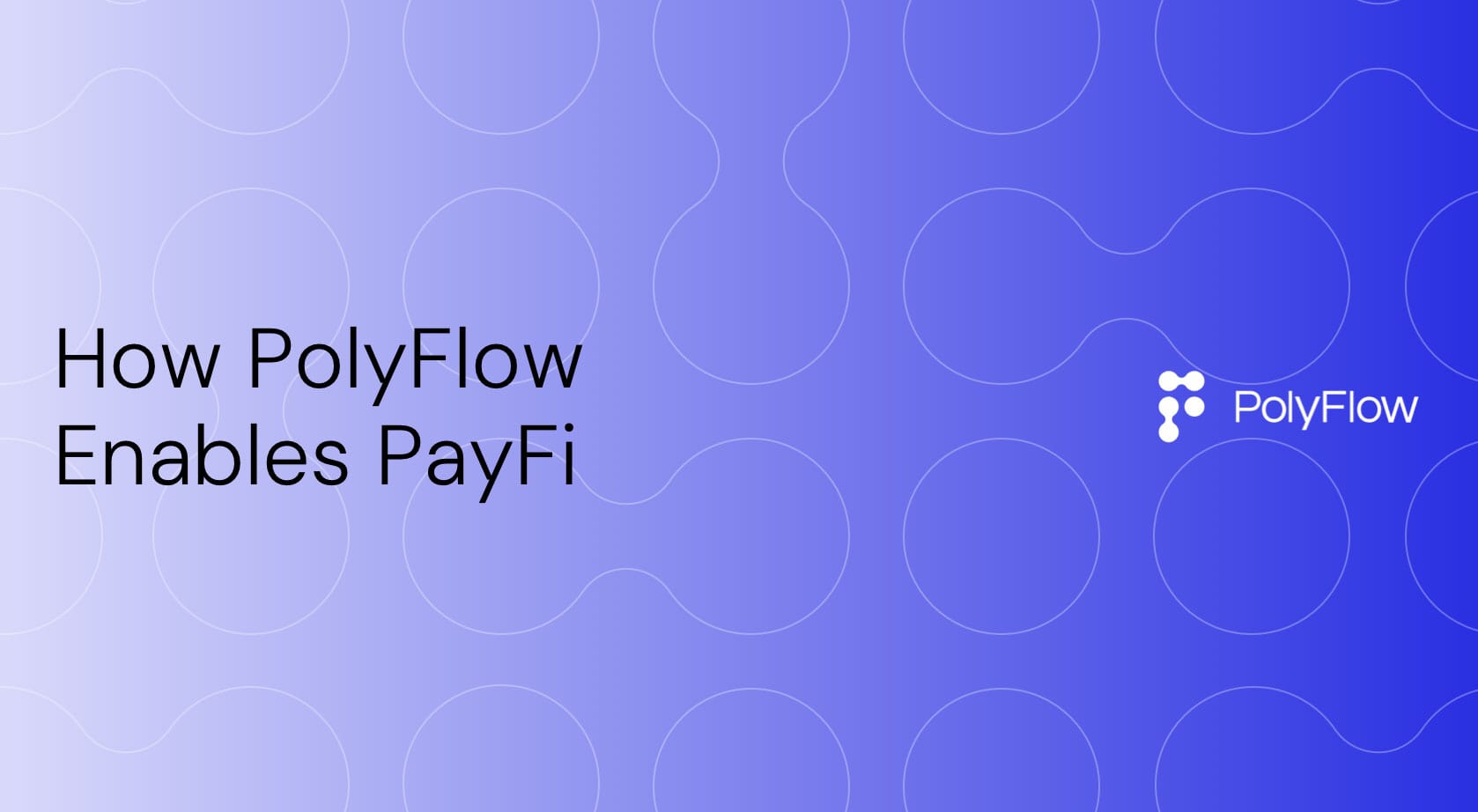
How PolyFlow enables PayFi
In the 2024 State of Crypto report published by A16z, it states: “By enabling fast, cheap, global payments, among other uses, stablecoins have become one of crypto’s most obvious “killer apps”… The proliferation of dollar stablecoins — rendered possible by the ubiquity of smartphones and the cryptography of blockchains — could become the greatest experiment in financial empowerment humanity has ever undertaken.” Stablecoins have simplified value transfer, with quarterly transaction volumes now
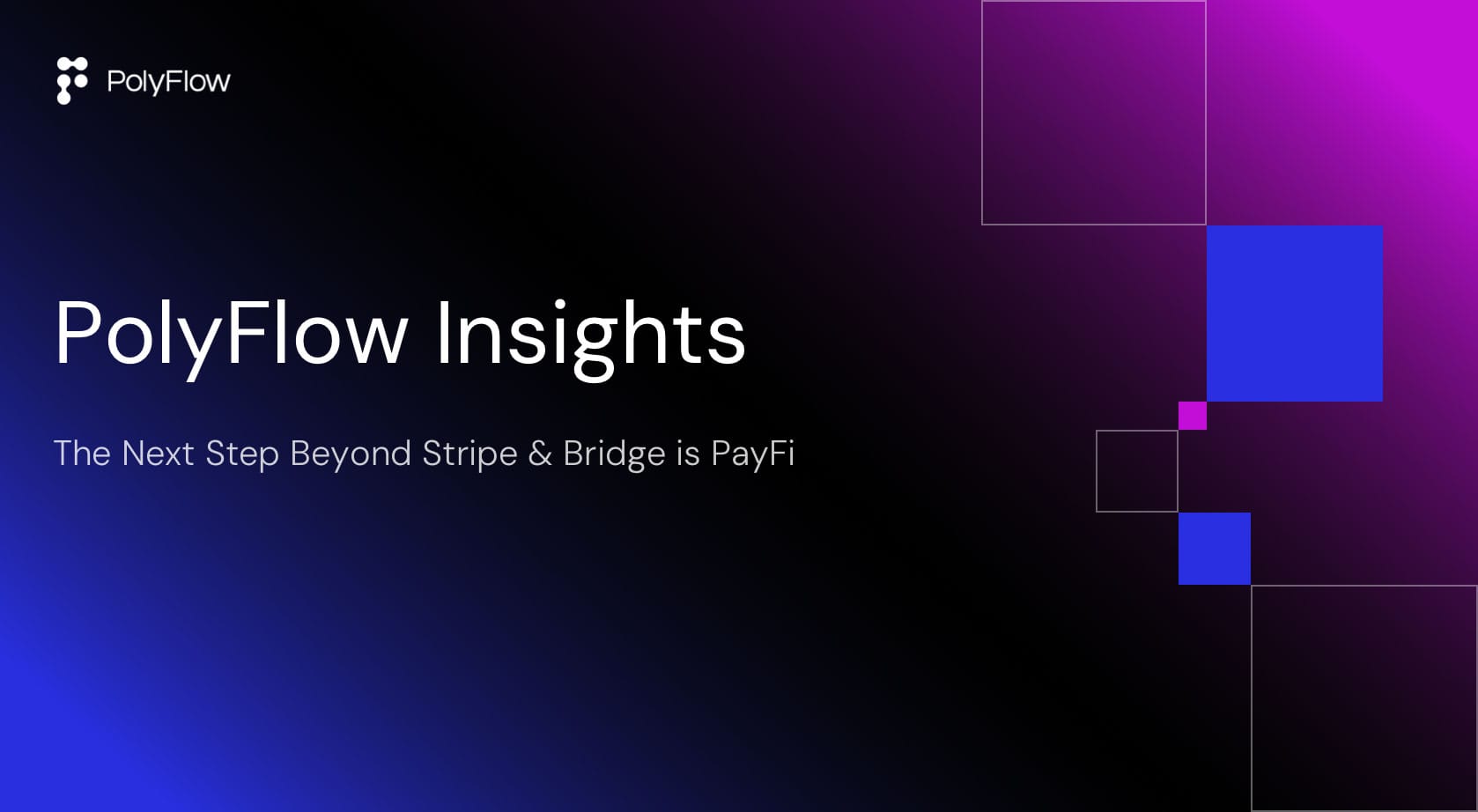
PolyFlow Insights: The Next Step Beyond Stripe & Bridge is PayFi
Stripe’s acquisition of Bridge, a stablecoin API infrastructure, for $1.1 billion is the largest such acquisition in the history of cryptocurrency. This deal is not just about the size itself, but really highlights the rapid integration of the stablecoin ecosystem into traditional finance. Stripe and PayPal both have immense global influence and have integrated their existing ecosystems into stablecoin payment rails in their own ways. By incorporating stablecoins, these fintech companies have t
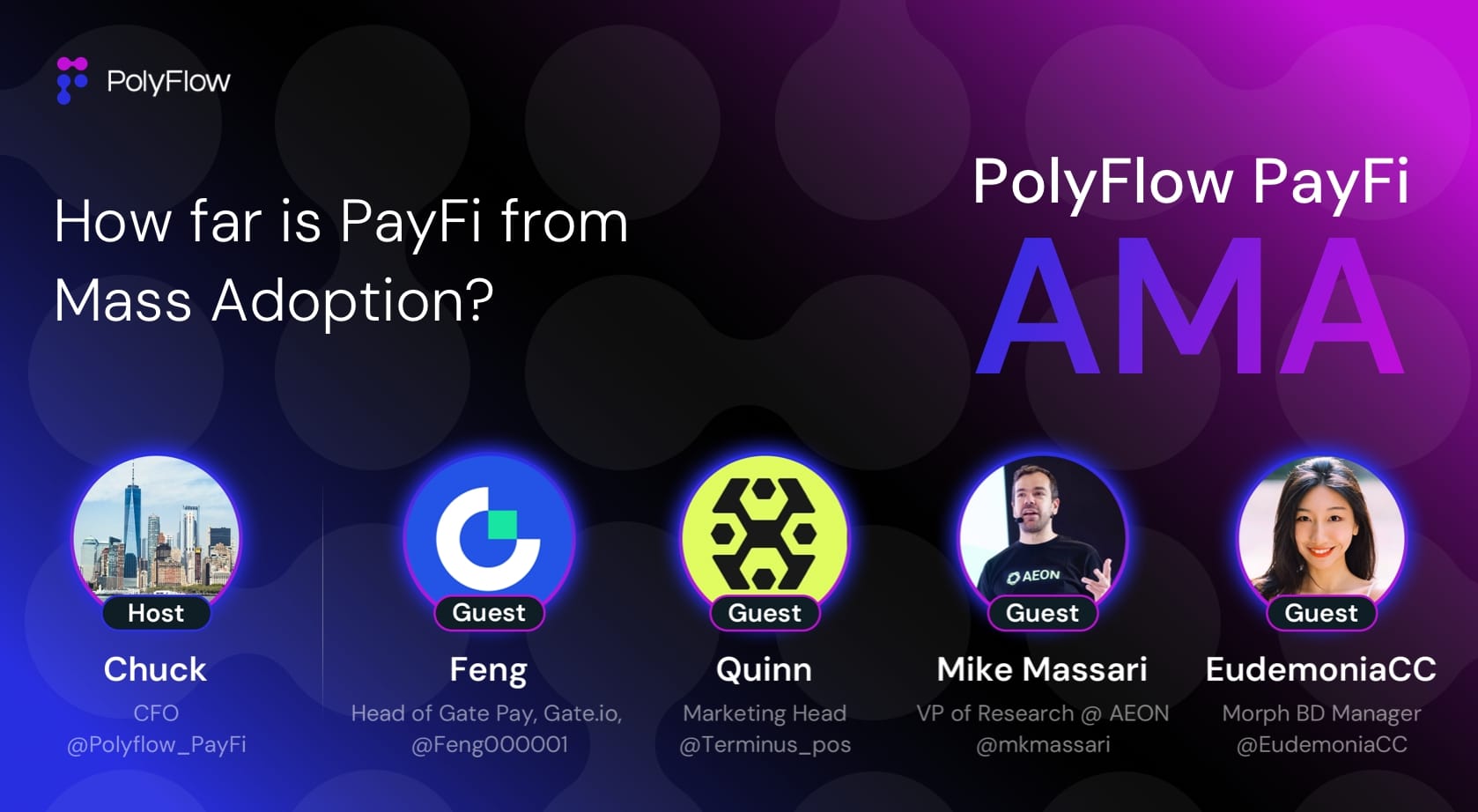
PayFi Spotlight | Exploring the Path to Crypto Payment Adoption
Cryptocurrency is no longer just an investment tool — it’s shaping the future of payments. At PolyFlow’s second AMA, experts from GatePay, Terminus Network, AEON, and Morph came together to explore the transformative potential of PayFi, short for Payment Finance. The discussion illuminated how blockchain technology is being integrated into global commerce and the everyday financial system, highlighting its potential to redefine how people and businesses interact with money. Hosted by PolyFlow’s

PolyFlow and Trusta Labs Forge Strategic Partnership to Drive Innovative Applications of Decentralized Credit Systems in PayFi Payment Scenarios
On [Month] [Day], PolyFlow, the infrastructure for PayFi, and Trusta Labs, a Web3 identity and credit infrastructure provider, announced a strategic partnership to jointly promote the innovative application of decentralized credit systems in PayFi payment scenarios. Through this collaboration, PolyFlow's Payment ID (PID) will be deeply integrated with Trusta Labs' on-chain wallet credit scoring, connecting Decentralized Finance (DeFi) with real-world payment systems. This integration will enable

An Interview with Raymond Qu: How PolyFlow Enables PayFi
The 2008 Bitcoin Whitepaper painted a vision of a peer-to-peer electronic cash system without the need for a trusted third party. Payments were one of the first promises made by digital currency and blockchain technology, and it was Satoshi Nakamoto’s solution to a failing financial system at the time, a blockchain solution. Despite billions of dollars invested in developing blockchain infrastructure over the past decade, and the emergence of high performance blockchains such as Solana along wi

Introducing PolyFlow — A PayFi Protocol Linking Real World Assets with DeFi
As Bitcoin’s whitepaper titled, “Bitcoin: A Peer-to-Peer Electronic Cash System,” it is all about a decentralized, peer to peer, digital cash system. Payments delivery is one of the earliest promises of blockchain technology. In the ever changing world of digital finance, payments, currently built on the ancient rails that came with the rise of the internet 20 years ago, often fall short when it comes to digital assets. Blockchain is the new financial infrastructure — the new payments rails. P